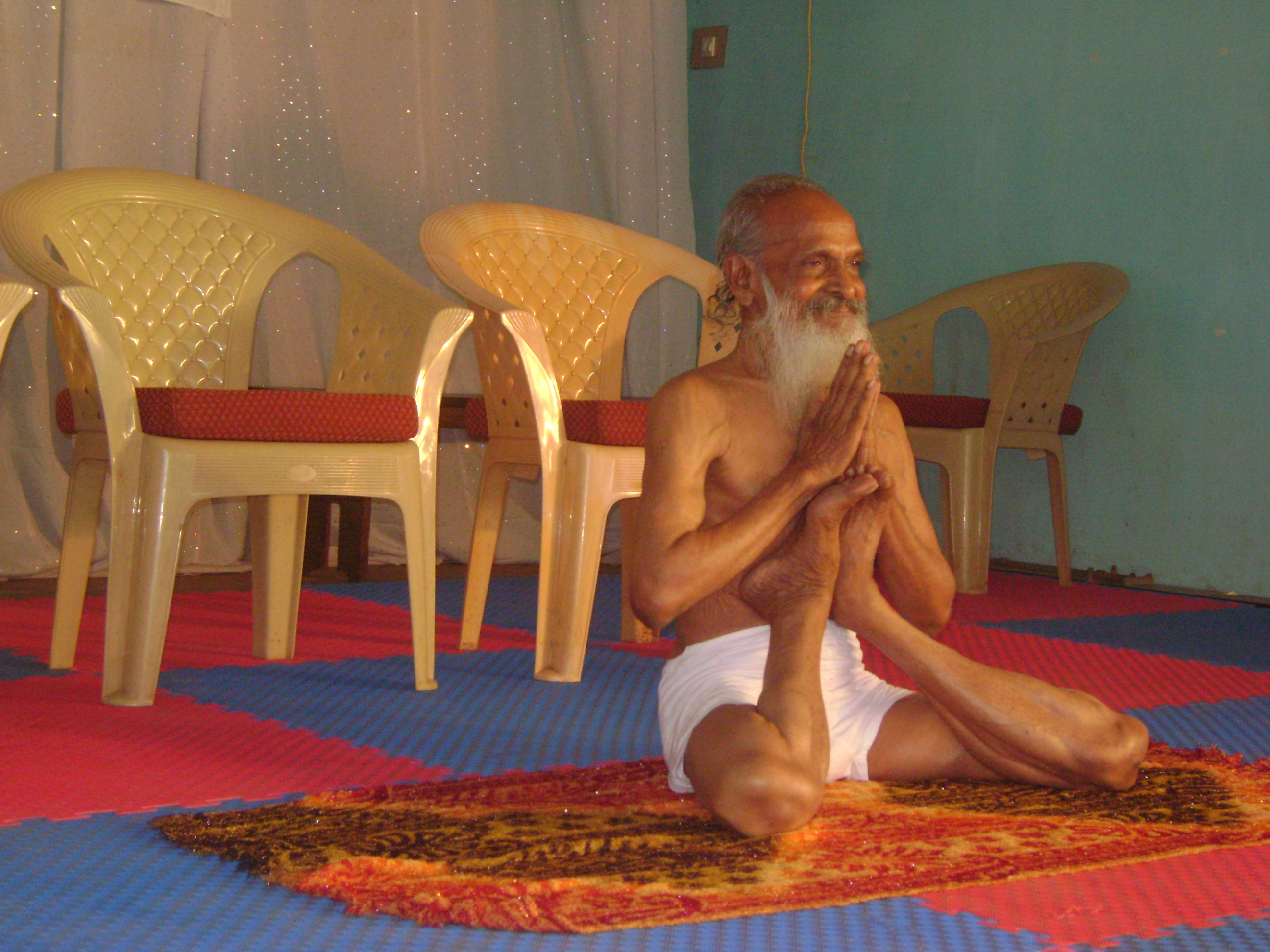
I. Yama
Yama describes the codes of conduct to be followed to upkeep one’s ethical standards and sense of integrity: 10 constituents of Yama are:
Ahimsa or Non-violence
Satya or Truthfulness
Asteya or Nonstealing
Daya or Compassion
Saucha or Purity
Dhriti or Steadfastness
Kshama or Patience
Brahmacharya or Being with the Ultimate Truth
Mitahara or Moderate Diet
Arjava or Honesty
II. Niyama
Niyama describes Golden Rules to be followed for self discipline and Spiritual advancement. 10 Laws under Niyama are:
Tapas or Austerity
Astikya or Faith
Santosha or Contentment
Dana or Charity
Ishvarapujana or Worship of the Lord
Japa or Incantation
Vrata or Sacred Vows
Hri or Modesty
Mati or Cognition
Siddhanta Sravana or Scriptural Listening
III. Asanas
Body postures:
Asanas are the Yogic physical postures. It is mainly based on the contents of Hatha Yoga. The practice of Yoga-Asanas is a therapy to maintain good health of the body and also an aid to improve concentration of mind. Yoga practice also helps to clean the inner parts of the body by expelling body wastes like phlegm (kapha), excreta (mala) and urine and thereby helps to maintain the body free from diseases and sickness.
Yoga Asanas can be broadly classified into two: (1) Asanas or postures for practicing Dhyana ( Meditation) and for improvising the mental ability / stability, like Swasthika, Padma, Sidha, Vagra, etc and (2) Asanas for developing good physique of the body.
IV. Pranayama
Breathing control exercises:
Pranayama are breath control exercises to enrich Pranic Power (Vital Power) of the body by attaining balance of Prana and Apana to clean the inner parts of the body by expelling body wastes.
V. Pratyahara
Control of the senses:
Wandering of mind without control in various worldly matters is highly destructive in the advancement of human life realization. Prathyahara is the withdrawal of mind from worldly matters through detachment of senses to external objects and keeping still in one’s own self center.
VI. Dharana
Attention to higher concentration force, either in or beyond material nature. By Dharana, Yogi is able to still Pranic Air at finger tip, ankle, knees, , anus, sex centre, naval centre, heart, epiglottis, throat, bhrumadhya (meeting point of eyebrows ), nose and crown of the head.
VII. Dhyana
One pointed attention of mind in concentration on an object or the most loving image of God.
VIII. Samadhi
Union with the Divine





